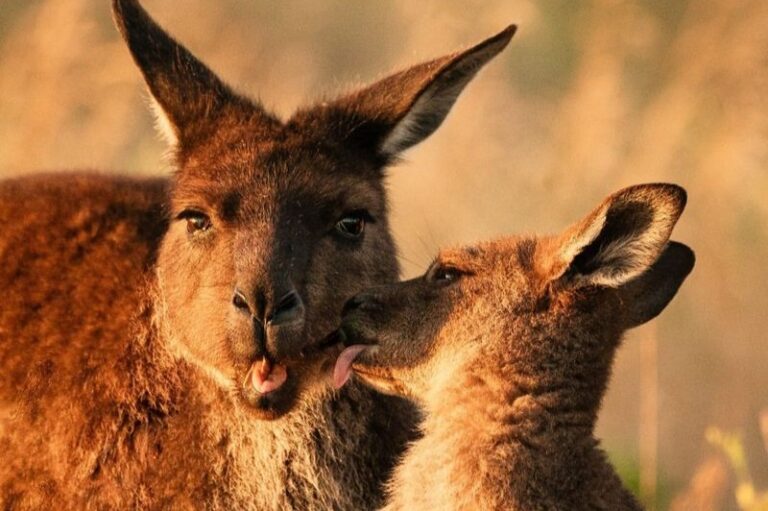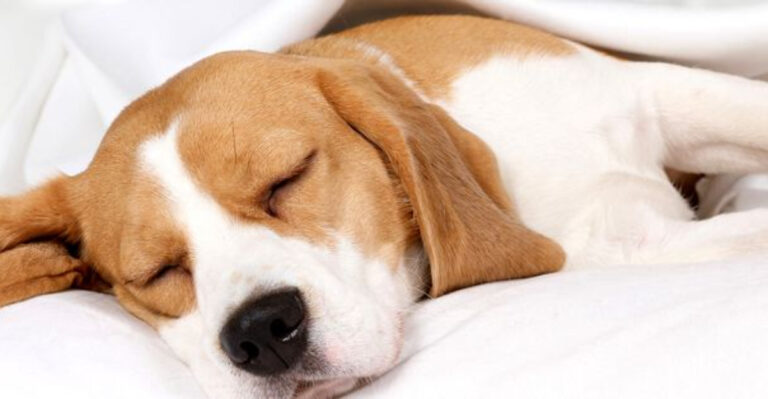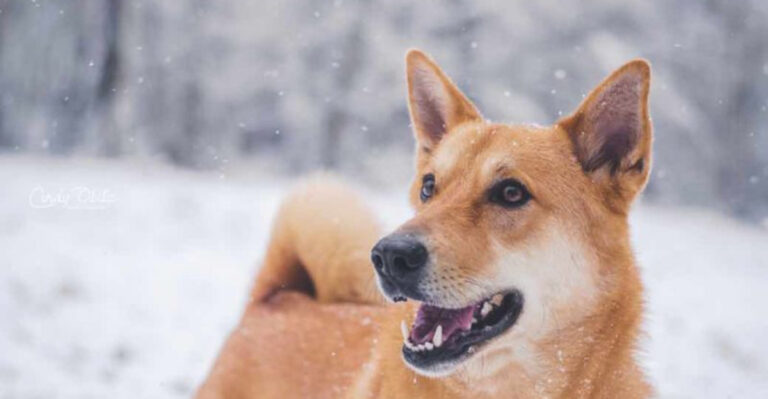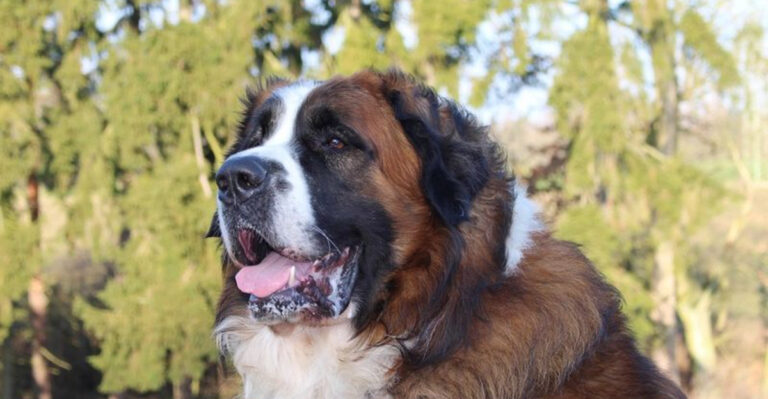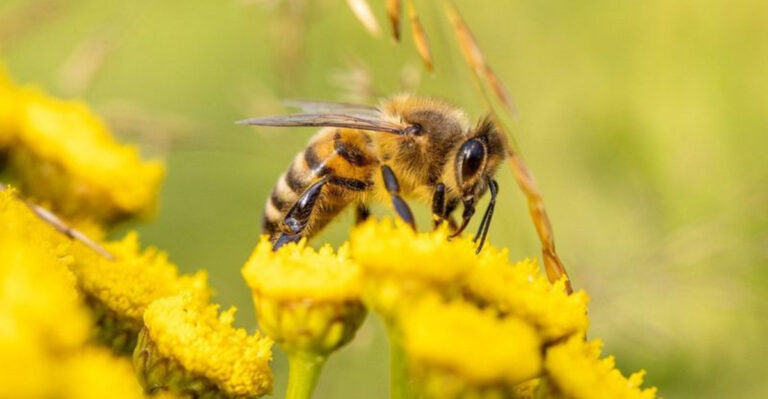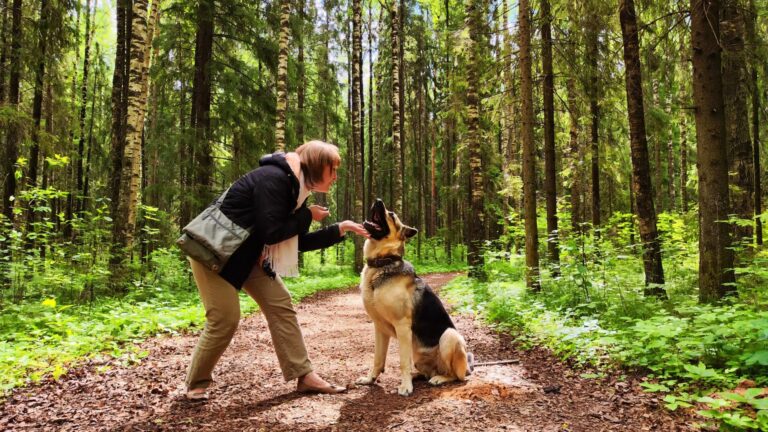15 Domesticated Animals That Would Struggle If Released Into The Wild
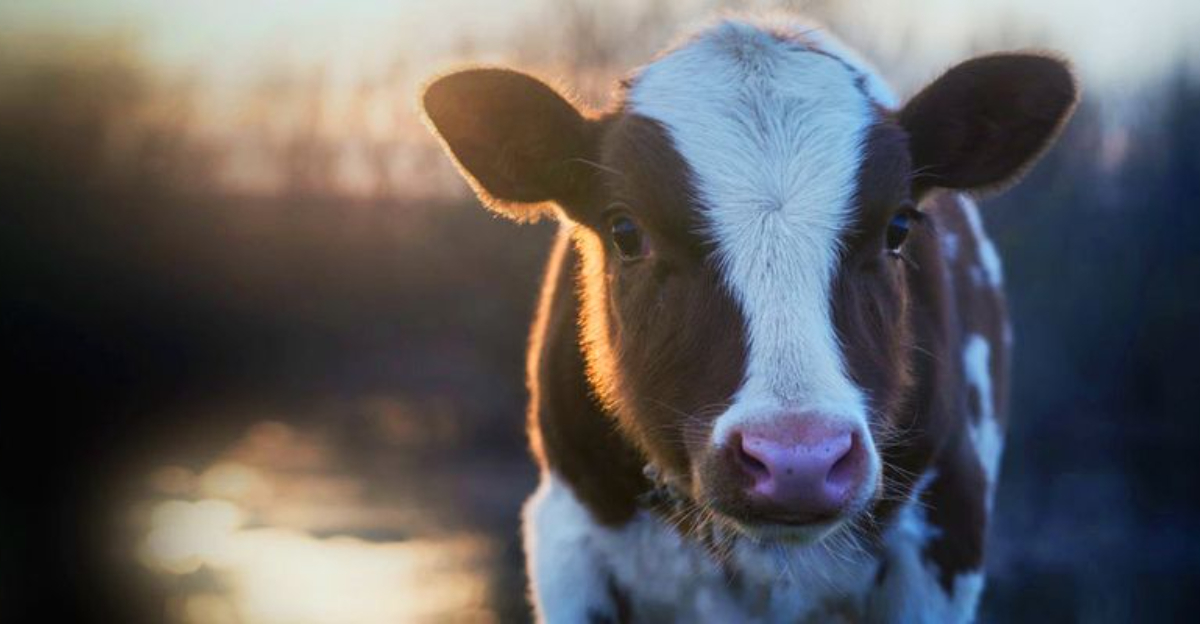
Ever wondered what would happen if your pampered pet or farm animal suddenly had to fend for itself in the wilderness?
Many animals we keep as companions or for food production have been selectively bred for hundreds or even thousands of years. These changes have made them dependent on humans for survival in ways their wild ancestors never were.
1. Golden Retrievers
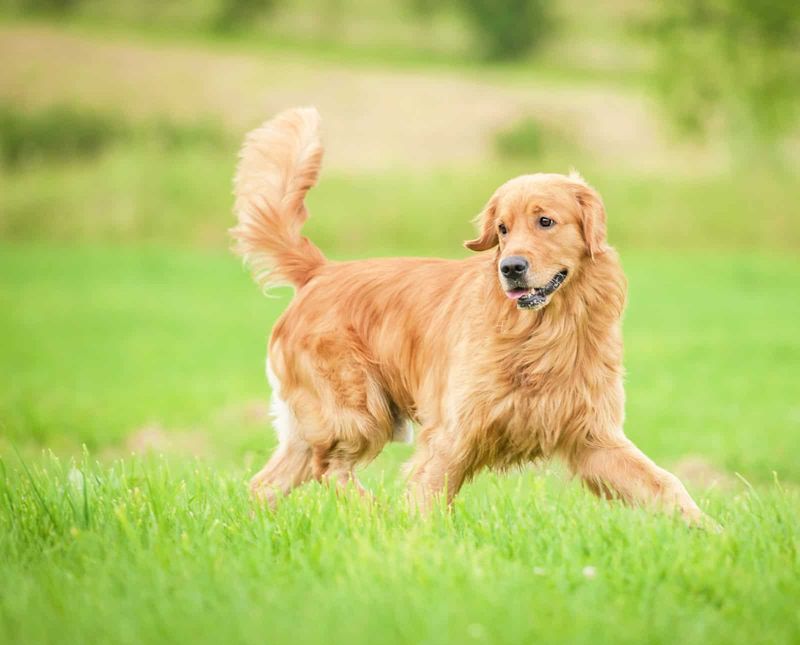
Bred for generations to have friendly, non-aggressive temperaments, these lovable goofballs lack the hunting instincts they’d need to survive. Their conspicuous golden coats would make them easy targets for predators.
Plus, many have been raised to expect regular meals in bowls and wouldn’t recognize natural food sources. Their human-focused social nature would leave them searching for people rather than establishing territory.
2. Pugs
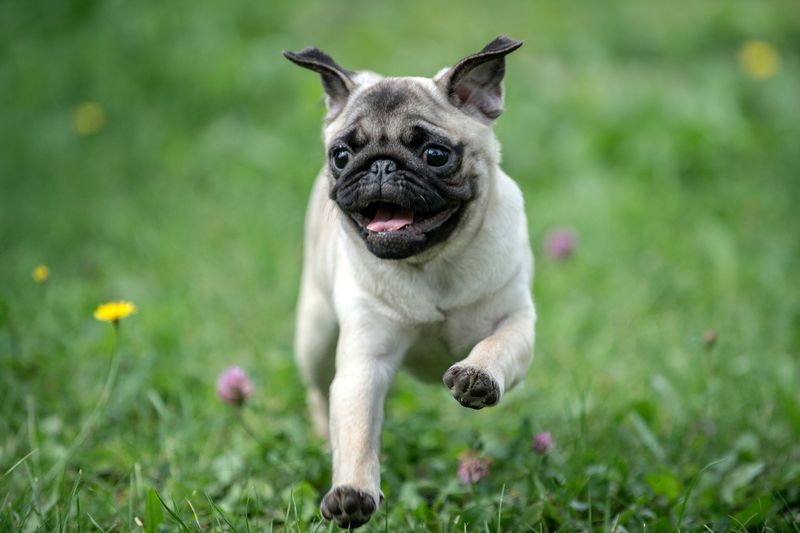
Imagine trying to chase down dinner when you can barely breathe after a short jog! Those adorable flat faces that make pugs so charming also cause serious respiratory issues that would be deadly in survival situations.
Natural selection would never have created a dog with such inefficient breathing. Their bulging eyes also offer poor vision and are vulnerable to injury from branches and brush in wild settings.
3. Goldfish
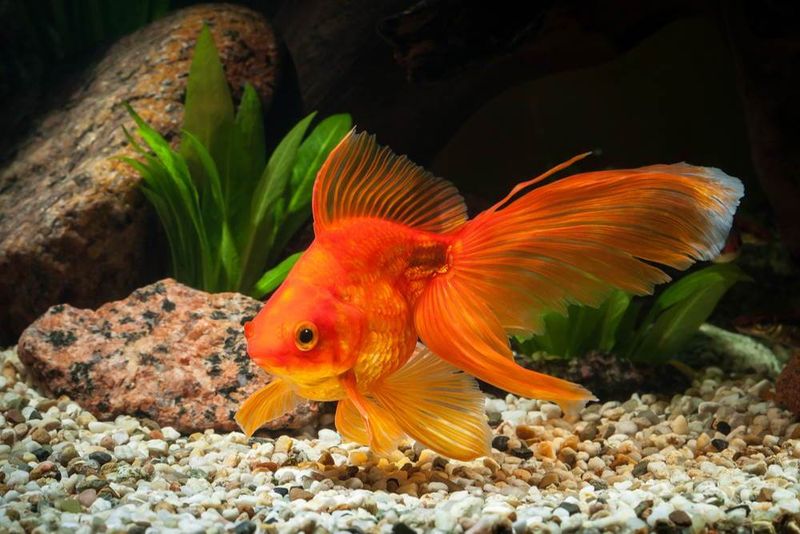
Those elaborate, flowing tails might look spectacular in your aquarium, but they’re actually terrible for survival. Fancy goldfish varieties like fantails and orandas have been bred for ornamental features that severely limit mobility.
Unlike their streamlined wild carp ancestors, these fish can barely outswim predators. Their bright colors also act like neon signs saying “eat me!” to any passing predatory fish or bird.
4. Persian Cats
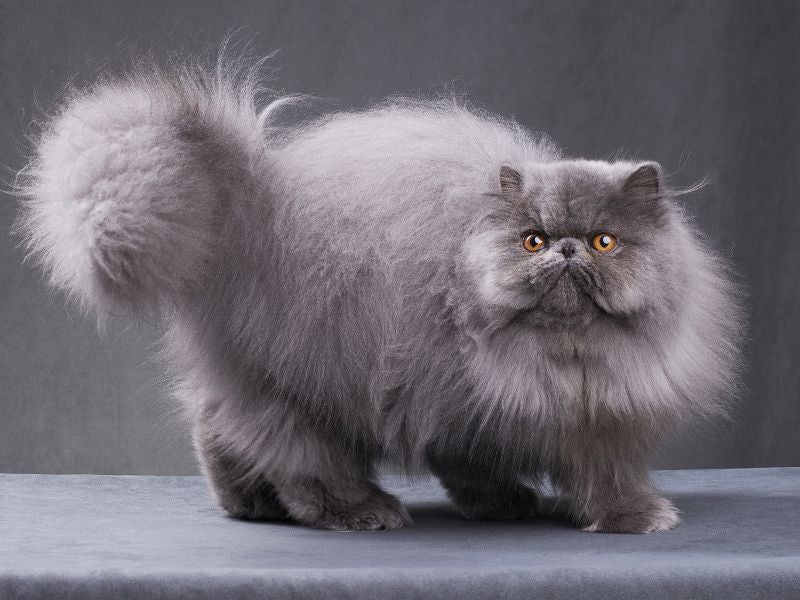
Talk about high-maintenance! Persian cats require daily grooming to prevent painful mats and tangles. Without human brushing, their luxurious coats quickly become debilitating burdens collecting twigs, mud, and parasites.
Their flat faces also cause breathing problems and tear duct issues. And those dainty paws? Not exactly built for the rough-and-tumble hunting required to feed themselves in the wild.
5. Modern Turkeys
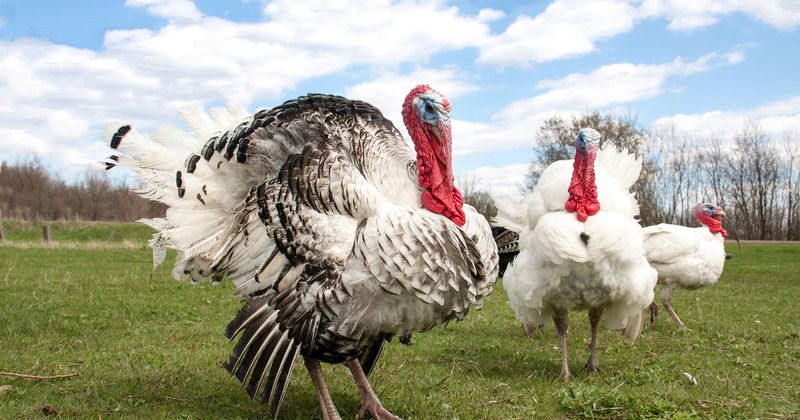
Wild turkeys can fly up to 55 mph in short bursts to escape predators. Domesticated turkeys? Not so much! Years of selective breeding for massive breast meat has created birds so top-heavy they can barely walk, let alone take flight.
Commercial turkeys grow three times faster and twice as large as their wild cousins. Their white feathers also make them stand out like beacons to predators used to spotting camouflaged wild turkeys.
6. Wool-Burdened Sheep
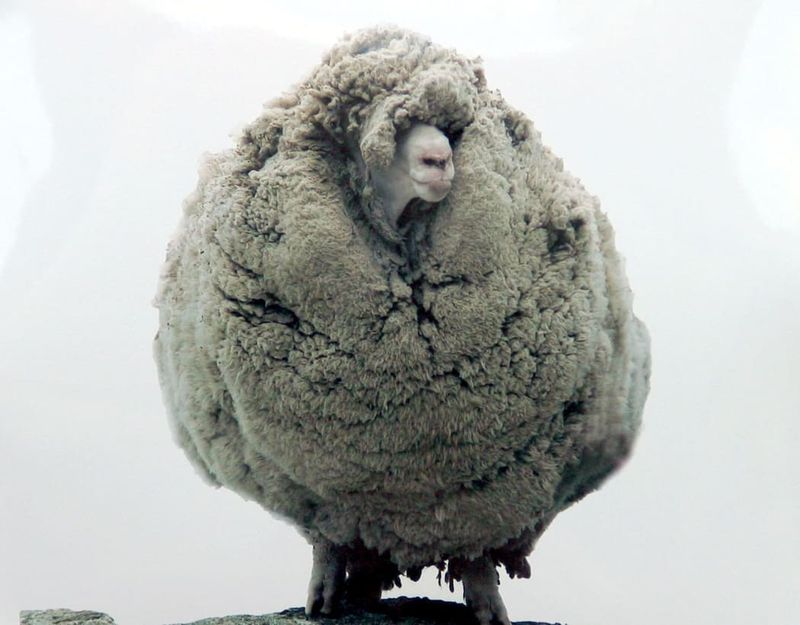
Remember Shrek the sheep? This famous merino evaded shearing for six years and was found carrying 60 pounds of wool! Modern sheep have been bred to grow continuous fleece, unlike wild sheep that naturally shed.
Without humans to perform regular shearing, domestic sheep would suffer from heat exhaustion, mobility issues, and deadly skin infections. Their heavy coats would also collect moisture, leading to hypothermia in wet conditions.
7. Bulldogs
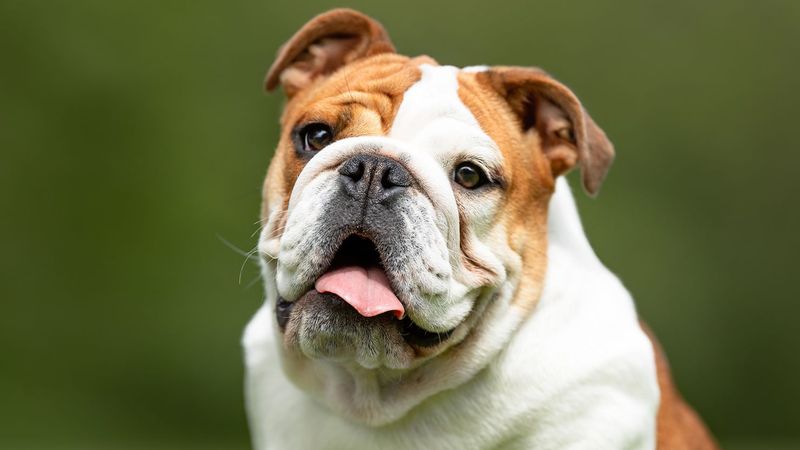
Few breeds highlight human interference quite like bulldogs. Their signature squished faces and barrel bodies make natural reproduction nearly impossible – most bulldog puppies are delivered by C-section!
In the wild, this would spell quick extinction. Add in their breathing difficulties, overheating problems, and joint issues, and these lovable lugs wouldn’t stand a chance against the elements or predators without human assistance.
8. Fainting Goats
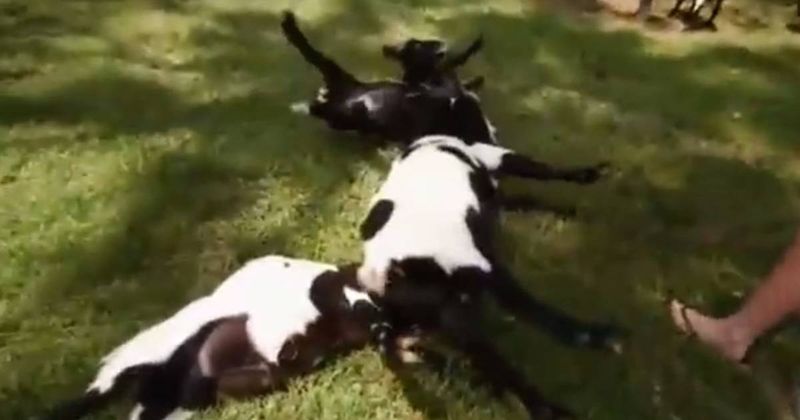
Freeze when frightened? Not exactly a winning survival strategy! Myotonic “fainting” goats have a genetic condition causing their muscles to temporarily stiffen when startled, often making them topple over.
While this trait was deliberately preserved by humans who found it useful (the goats couldn’t jump fences), it would be disastrous in the wild. Imagine facing a wolf and your response is to… freeze in place. Talk about fast food!
9. Flemish Giant Rabbits
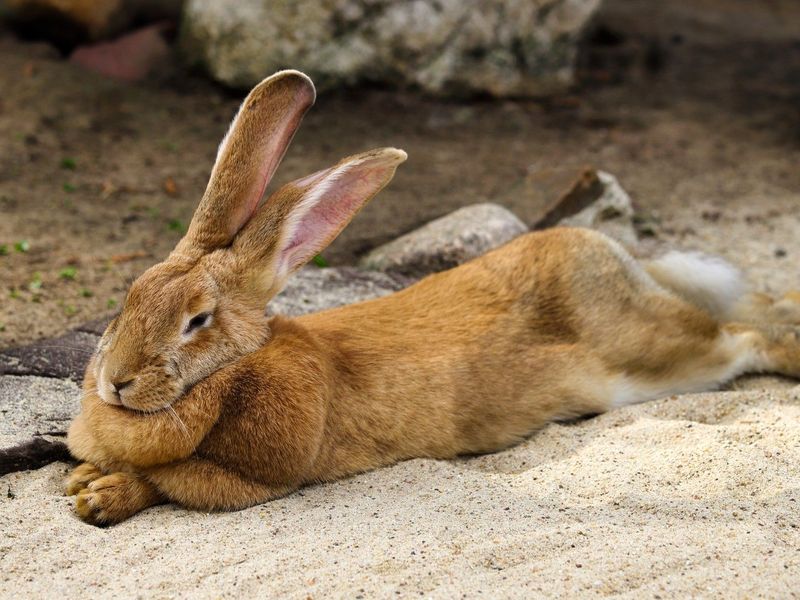
Weighing up to 20 pounds, these gentle giants are the sumo wrestlers of the rabbit world. Their massive size—deliberately bred by humans—would be a serious liability in the wild where speed and agility mean survival.
Wild rabbits rely on quick bursts of speed and tight turns to evade predators. Flemish Giants, with their bulky bodies and docile temperaments, would struggle to execute these life-saving maneuvers fast enough to escape hungry foxes or coyotes.
10. Munchkin Cats
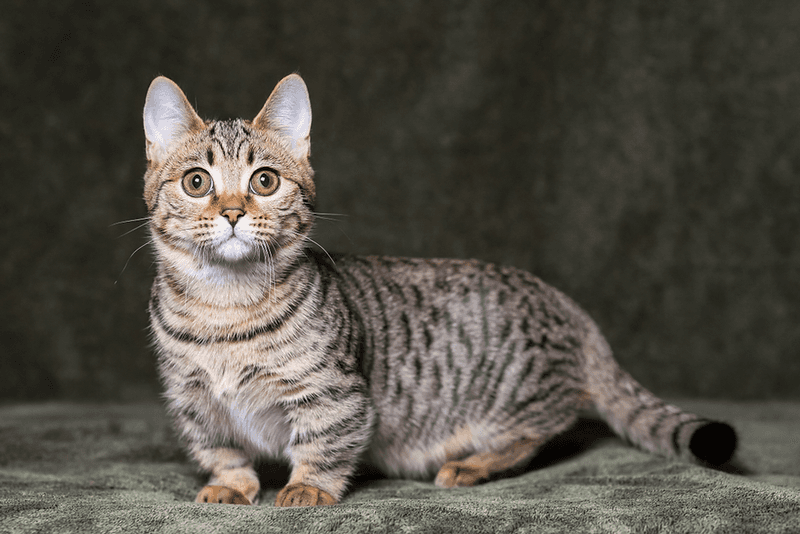
Short legs might look adorable on social media, but they’re a serious handicap for survival. Munchkin cats have a genetic mutation that gives them stubby limbs, severely limiting their jumping ability and speed.
Wild cats rely on explosive jumping power to catch prey and escape threats. Imagine trying to hunt mice or birds when you can barely clear a coffee table! These cats would quickly find themselves at the bottom of the food chain.
11. Belgian Blue Cattle
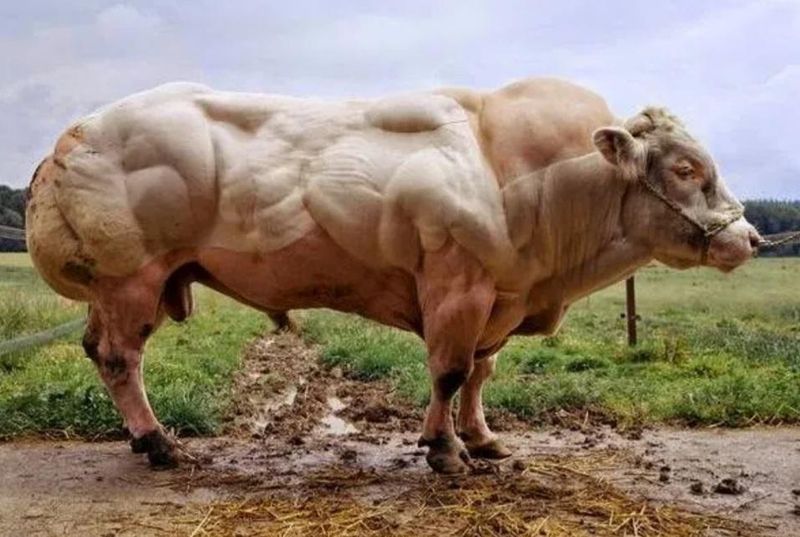
Looking like bovine bodybuilders, Belgian Blues have been selectively bred for a genetic mutation that eliminates myostatin—a protein that normally limits muscle growth. The result? Cattle with up to 40% more muscle mass than typical breeds.
While great for beef production, these muscle-bound giants suffer mobility issues and often require C-sections to give birth. In the wild, they’d quickly exhaust their energy reserves and struggle to outrun predators.
12. Silkie Chickens
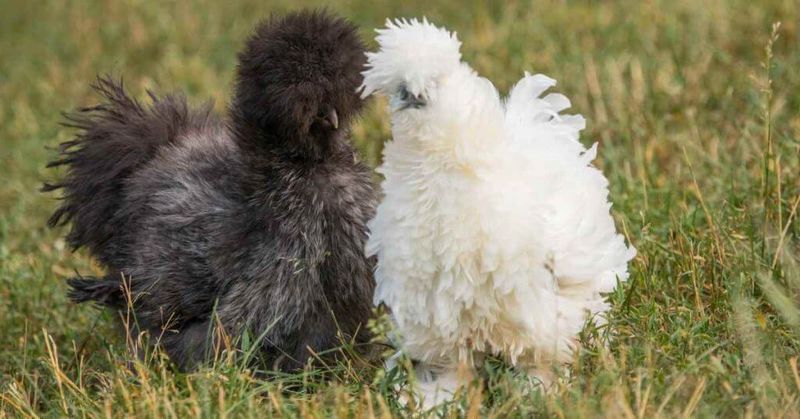
With their fluffy feathers resembling fur and their inability to fly, Silkies would make easy meals for foxes and hawks. Their distinctive black skin and bones—prized in Asian cuisine—offer zero survival advantage in the wild.
Unlike their jungle fowl ancestors, these birds can’t see well through their head poofs and can barely run fast. Their docile temperament also means they’d rarely fight back against predators or compete effectively for food resources.
13. English Lop Rabbits
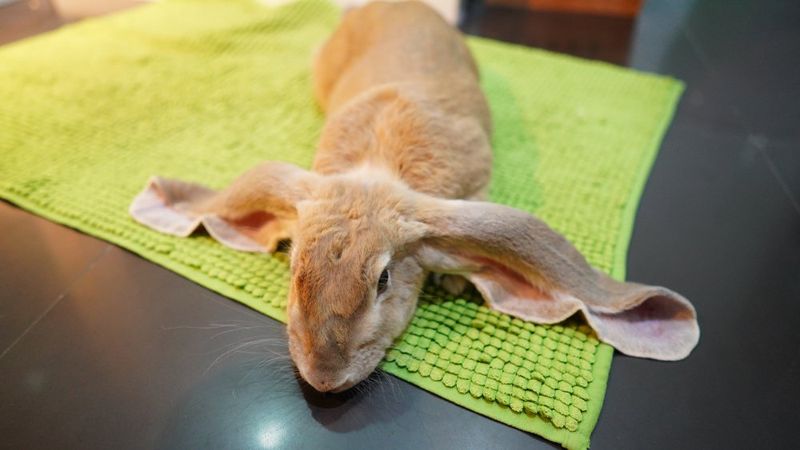
Fancy winning a prize for “world’s most impractical ears”? English Lops have been bred for ears so enormously long—often exceeding 20 inches—that they drag on the ground beside them!
In the wild, these extravagant appendages would constantly snag on vegetation and slow them down. Predators would spot those ears from miles away. Plus, keeping those giant ears clean and infection-free without human help? Virtually impossible.
14. Modern Dairy Cows
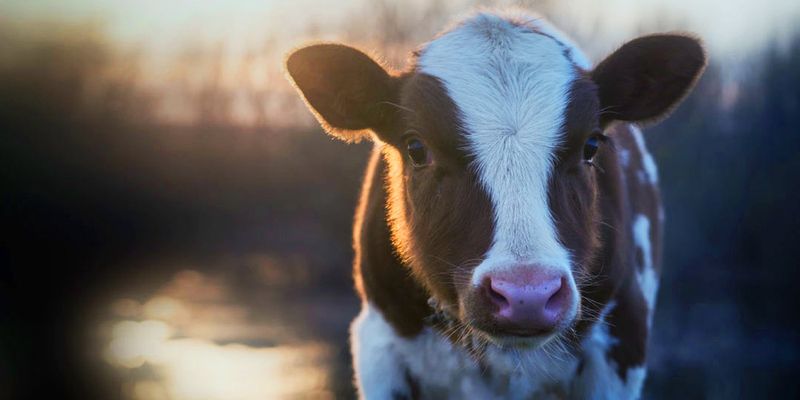
Modern dairy cows produce about 10 times more milk than their calves would naturally need. Without humans to milk them regularly, their udders become painfully engorged, leading to mastitis and other infections.
High milk production also drains calcium from their bodies faster than they can replace it. In the wild, this metabolic stress would quickly lead to exhaustion and collapse, making them easy targets for predators or simply causing death from nutritional deficiencies.
15. Sphynx Cats
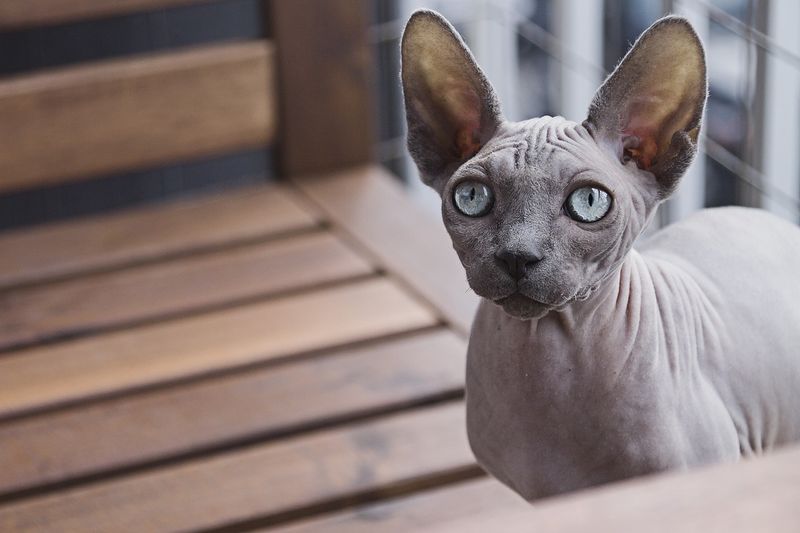
Missing the memo about fur being essential survival equipment, Sphynx cats would face a harsh reality check in the wild. Their lack of protective coat leaves them vulnerable to sunburn, scratches, and temperature extremes.
These hairless felines need regular bathing to remove body oils that would normally be absorbed by fur. Without climate-controlled homes and special care, they’d quickly succumb to exposure or skin infections in natural environments where wild cats thrive.

